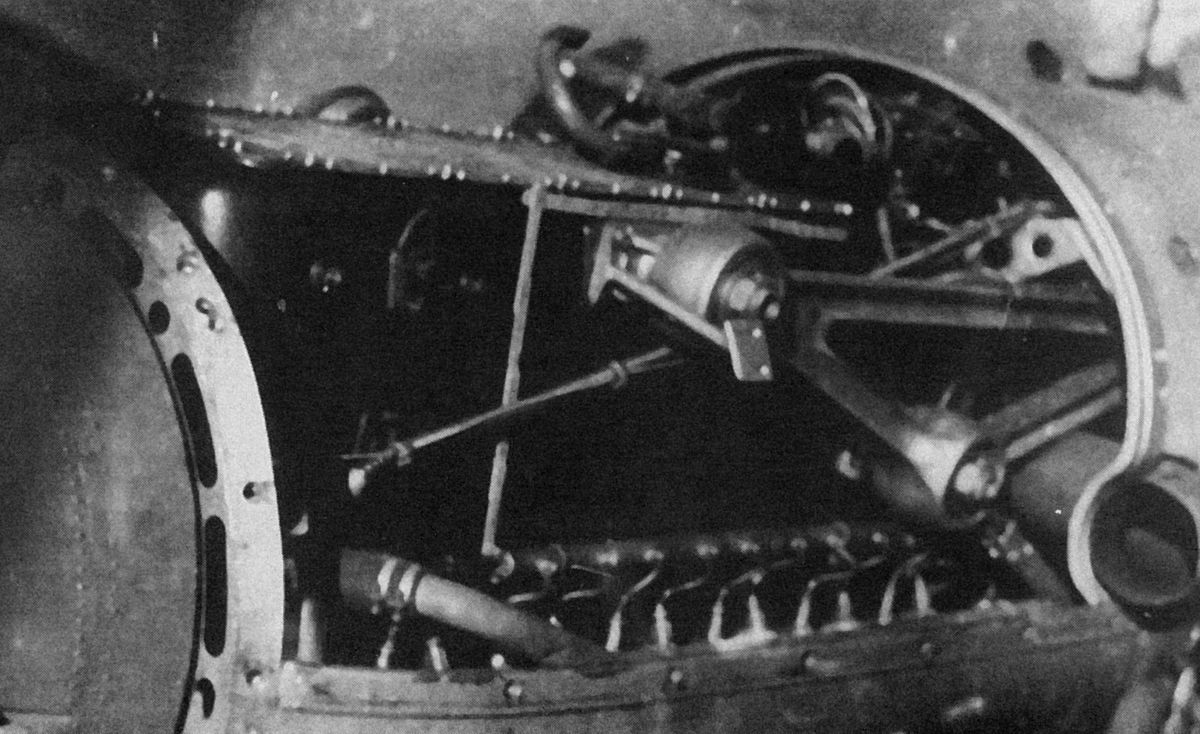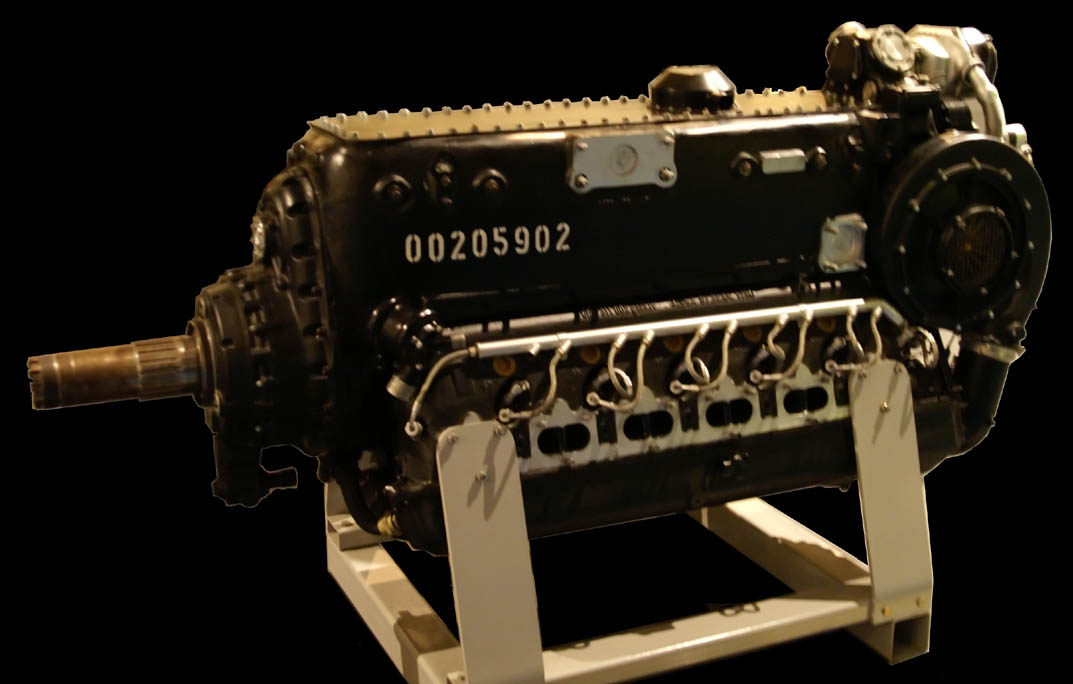SaparotRob
Unter Gemeine Geschwader Murmeltier XIII
What it might have looked like in service:
View attachment 715015
View attachment 715016
View attachment 715017
View attachment 715018
View attachment 715019
View attachment 715020
View attachment 715021
No Finnish markings?What it might have looked like in service:
View attachment 715015
View attachment 715016
View attachment 715017
View attachment 715018
View attachment 715019
View attachment 715020
View attachment 715021


